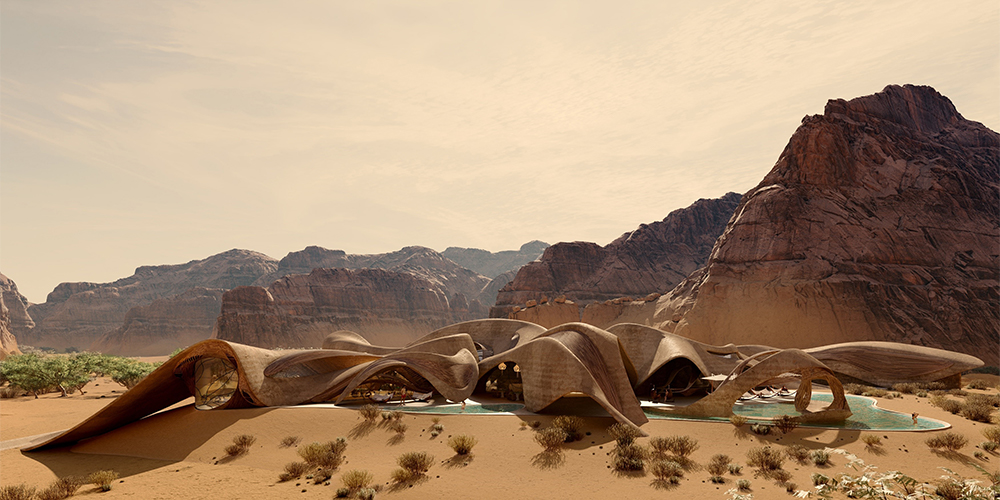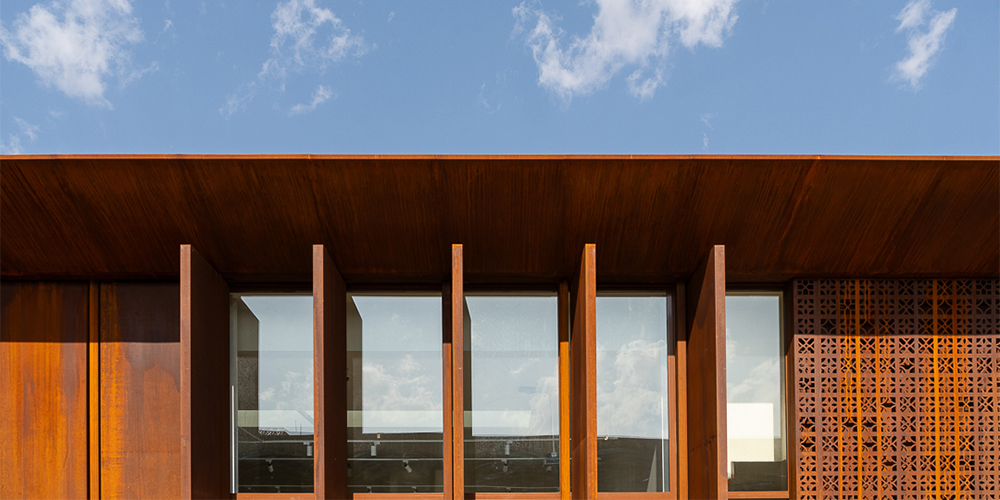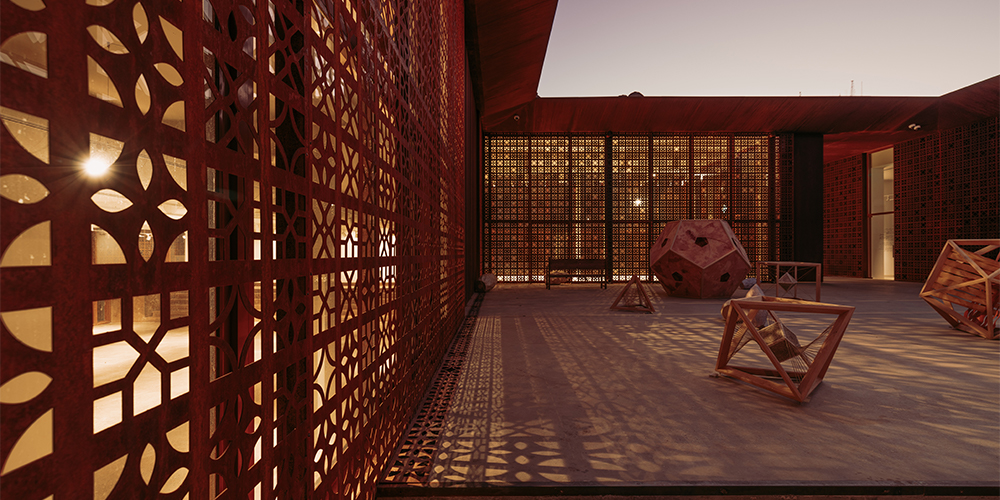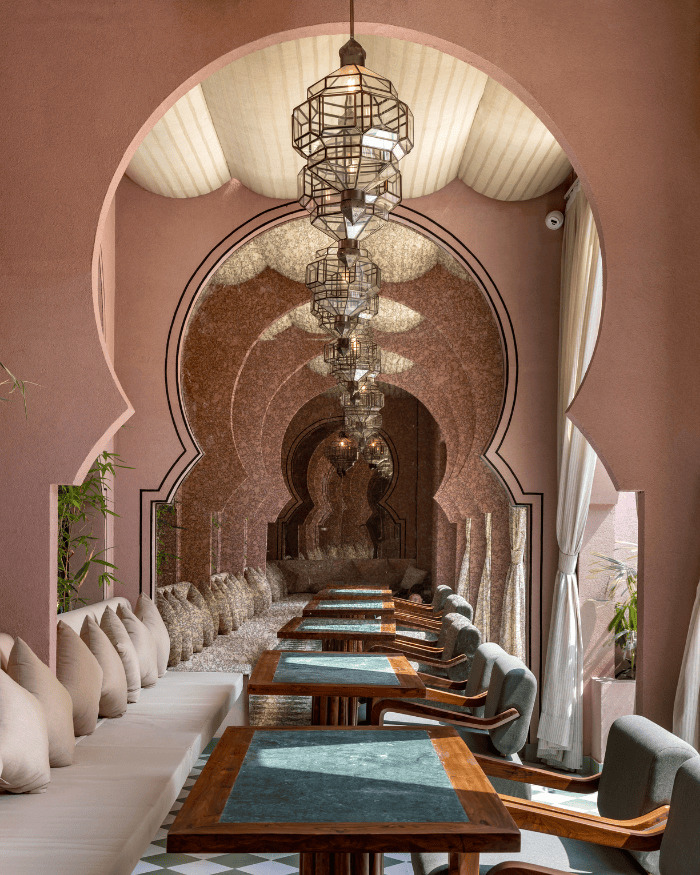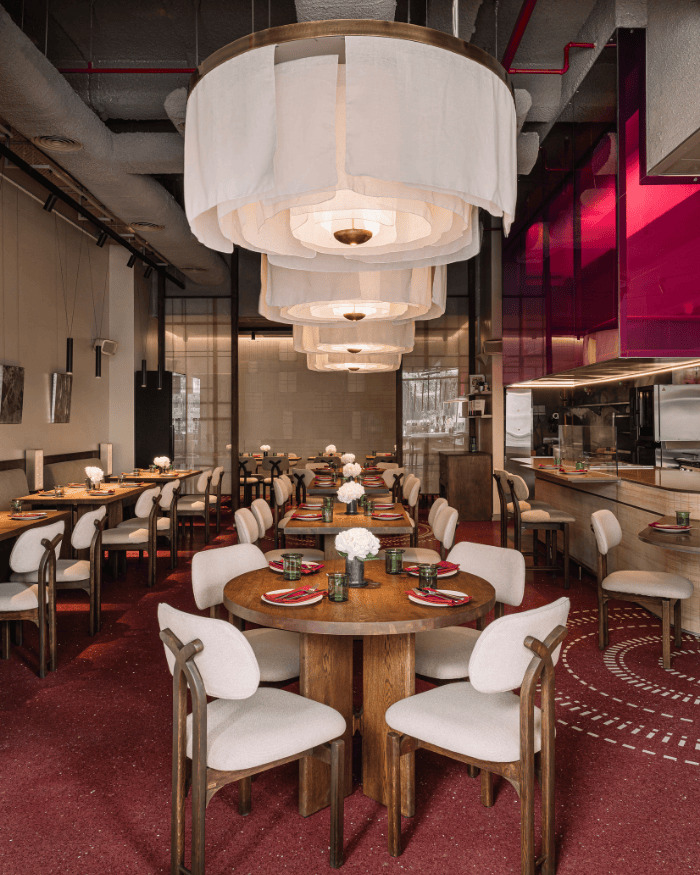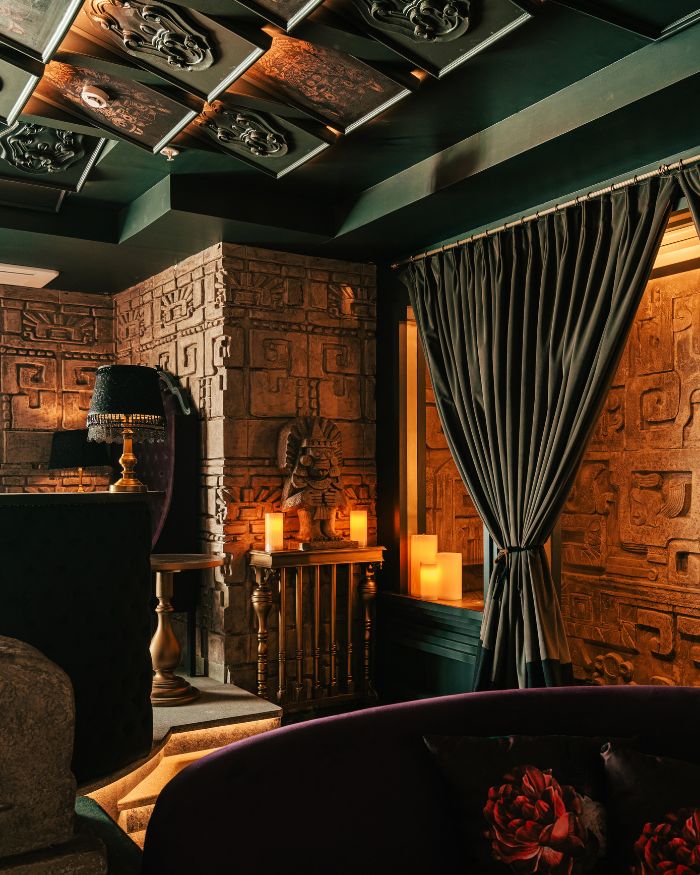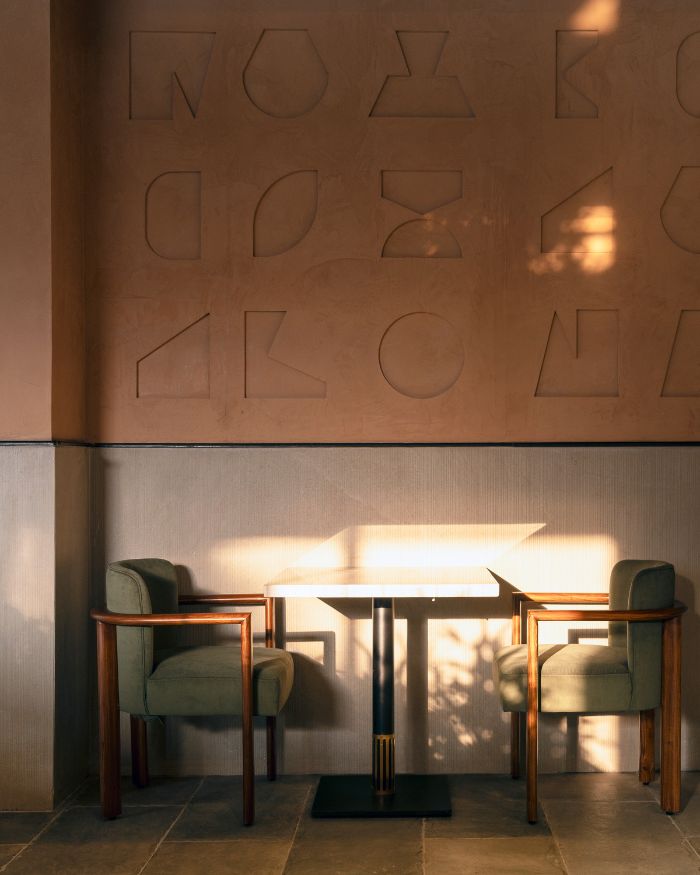How can a contemporary cultural vision seamlessly interweave with the historical tapestry of a UNESCO World Heritage Site? This intriguing thought has manifested itself in part through the Design Space AlUla – a new gallery, archive and workshop space located in the heart of AlJadidah Arts District, Saudi Arabia. The permanent gallery space building with a rhythmic lattice facade has been designed by Giò Forma, a Milanese architecture studio in collaboration with Black Engineering.
The development of this building plaza is part of a pioneering masterplan devised by the Royal Commission for AlUla, aiming to position the historic district as a unique intersection point where global art seamlessly blends with local cultural nuances. Through harnessing a rich spectrum of creative initiatives, RCU endeavours to propel cultural tourism and bolster the design economy in Saudi Arabia in accordance with its Vision 2030 framework.
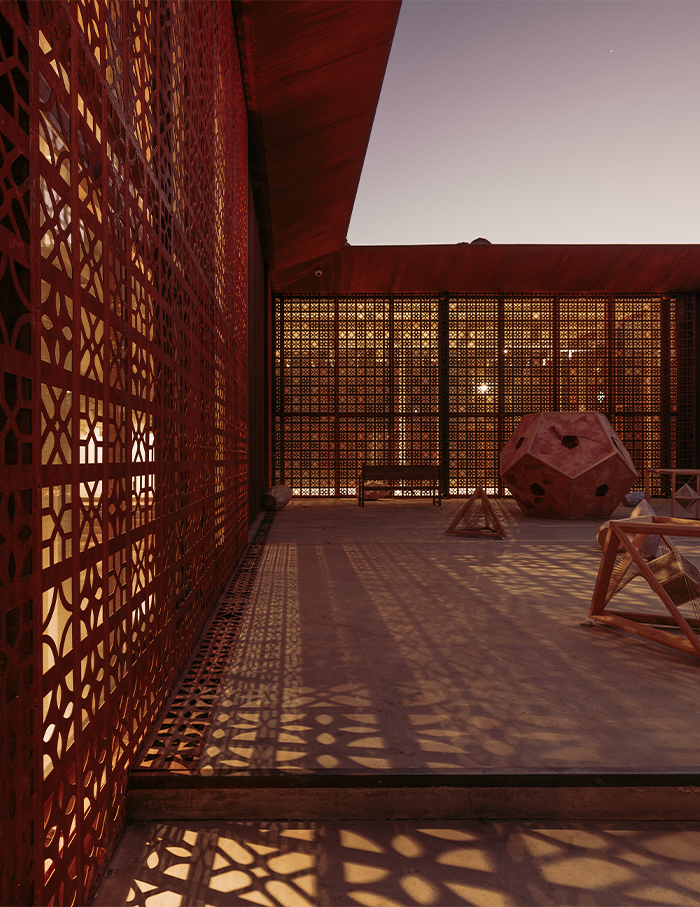
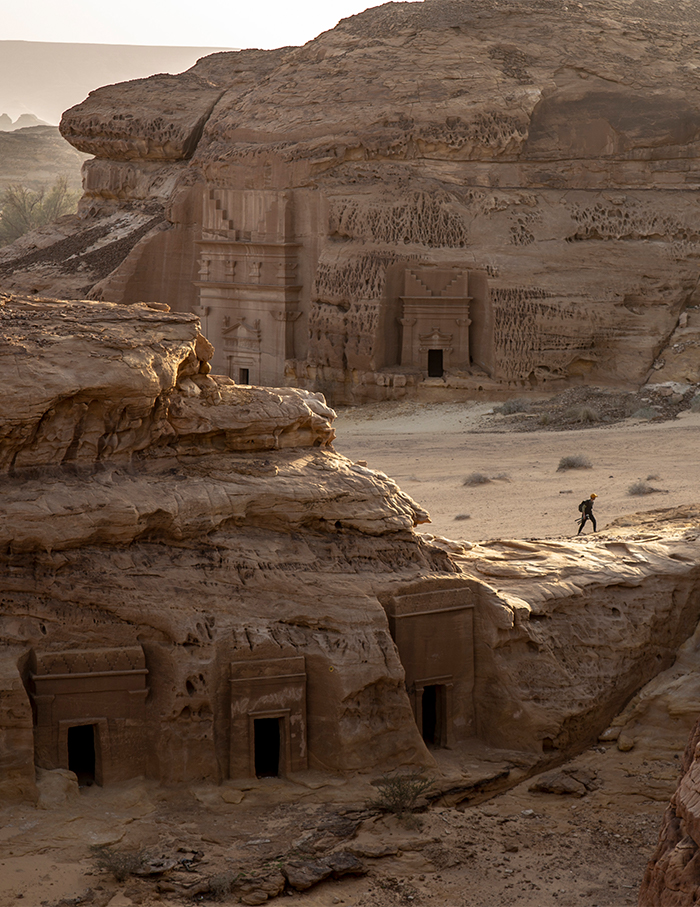
Rooting cultural heritage in a contemporary world
Through the ages, the heritage site has fostered the preservation of traditional textiles, regional culinary practices, ancient building techniques, and local communities actively involved in arts and crafts. It has been a fertile ground for indigenous creative endeavours. Facing an unchanging timeless landscape, a fundamental query emerges: How can any development in this environment meet the challenges of the dynamic 21st century, a time marked by seamless travel and digital dialogues?
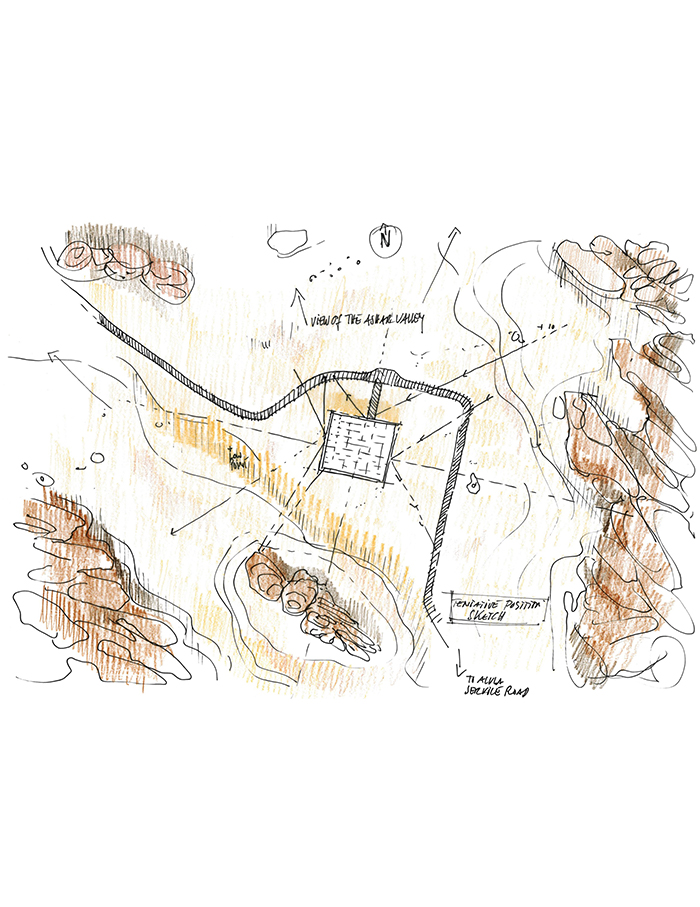
Positioned on an ancient incense road, the Design Space AlUla thus envisions itself as a global cultural landmark proudly paying homage to its past. It invites designers across the globe to engage with the pertinent questions for a sustainable future through many initiatives such as public art festivals, design residencies, masterclasses, workshops and design tours through a local cultural lens.
The core motivation for this inspiring plan situated in the Middle East is to cherish and preserve ancestral knowledge while inviting global participation through an open cross-cultural dialogue.
The ongoing AlUla Arts Festival
The Arts Festival is a creative endeavour to promote cultural tourism in the AIUIa by promoting public dialogue on art and design. The festival transforms the entire AIUIa landscape into a living art repository with installations, design tours and exhibitions. This year, the opening of Design Space AIUIa will also complement the overall art festival programme. At Design Space, the inaugural exhibition, Mawrid: Celebrating Inspired Design, will introduce the design thinking process behind 10 recent AlUla-inspired designs across art, architecture and urban planning. It will be the first in an ongoing exhibition programme that launched on 15 February 2024 and will be open until 1 June 2024.

Some of the designs showcased in the inaugural exhibition include plans for the renovation of Madrasat Addeera, AlUla’s first arts and design centre, by UK-based Hopkins Architects; Roth Architecture’s Azulik Eco Resort; SAL Architect’s renovation of the historic Ammar Bin Yasser Mosque, and AlUla’s Cultural Oasis District Masterplan, guided by Prior + Partners in collaboration with Allies and Morrison.
Other exhibitors include finalists from the second edition of the AlUla Design Award – Imane Mellah, Teeb, Sara Kanoo and Shaddah Studio, and representation from the first edition of the AlUla Design Residency. The exhibition also explores the visual identity of Design Space AlUla created by Clara Sancho Studio and design agency 29Letters from Madrid.
The curator Sara Ghani expresses, “Design Space AlUla commits to celebrating AlUla’s natural history, cultural heritage, and vernacular materials – inspiring sustainable futures that are rooted in place. Our ambition is to fuel the design economy, provide resources to designers to explore and experiment, and be a place for visitors to research, explore and connect with the processes behind AlUla’s design journey.”
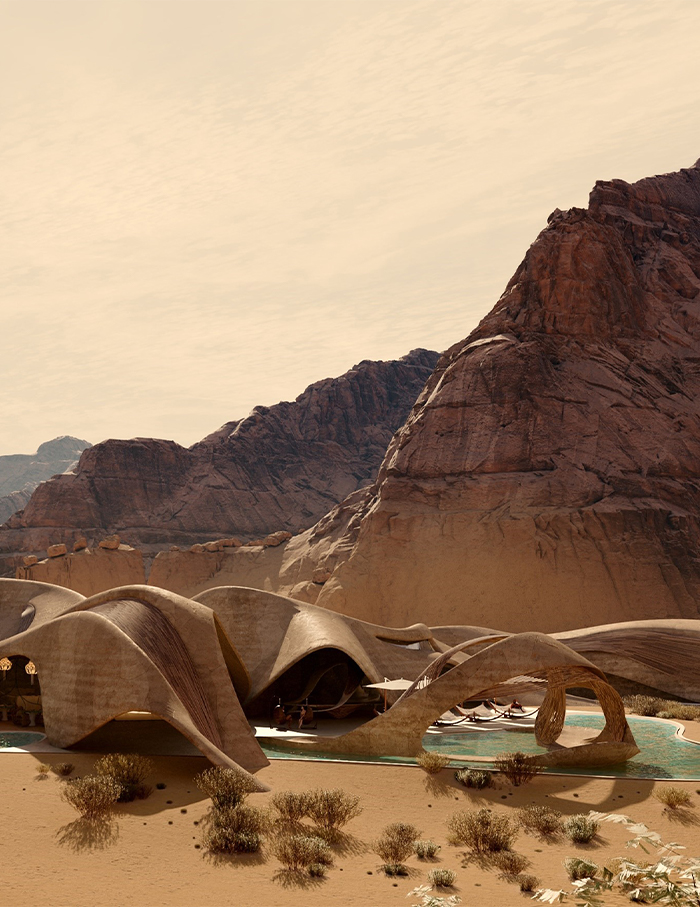

The artistic vision for designing the permanent gallery space
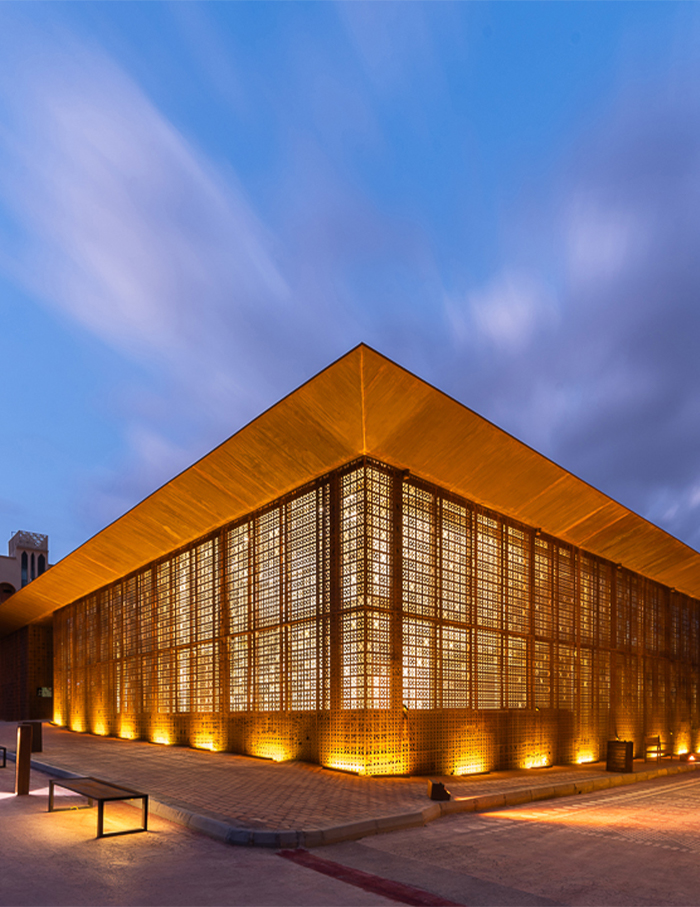
At Design Space AlUla, there is an innate understanding that the evolution of design is a continual organic process in response to the tangible and intangible context. The same is reflected in the Design Space AlUla’s building design by Giò Forma Studio. The architects bring this sensitive philosophy to life through their material imagination.
They craft a design language echoing a timeless dialogue between traditional and modern aesthetics. The contemporary building takes form with the help of materials such as corten steel, glass and polished concrete in a robust modern form inspired by local cultural aesthetics. The intricate lattice facade and brickwork pay homage to the traditional breezeblock used widely across buildings in the surrounding AlJadidah Arts District.
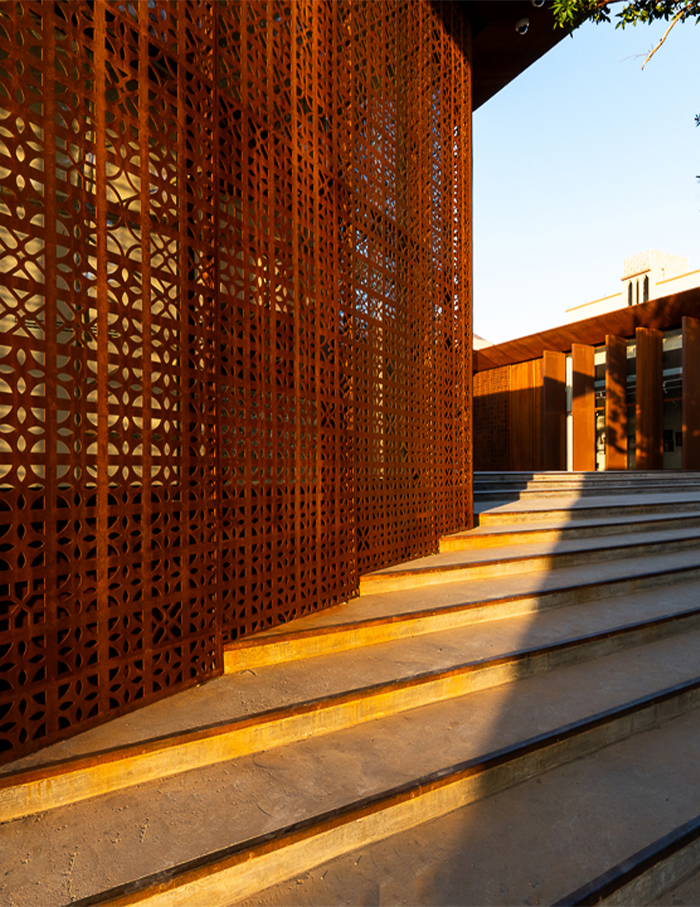
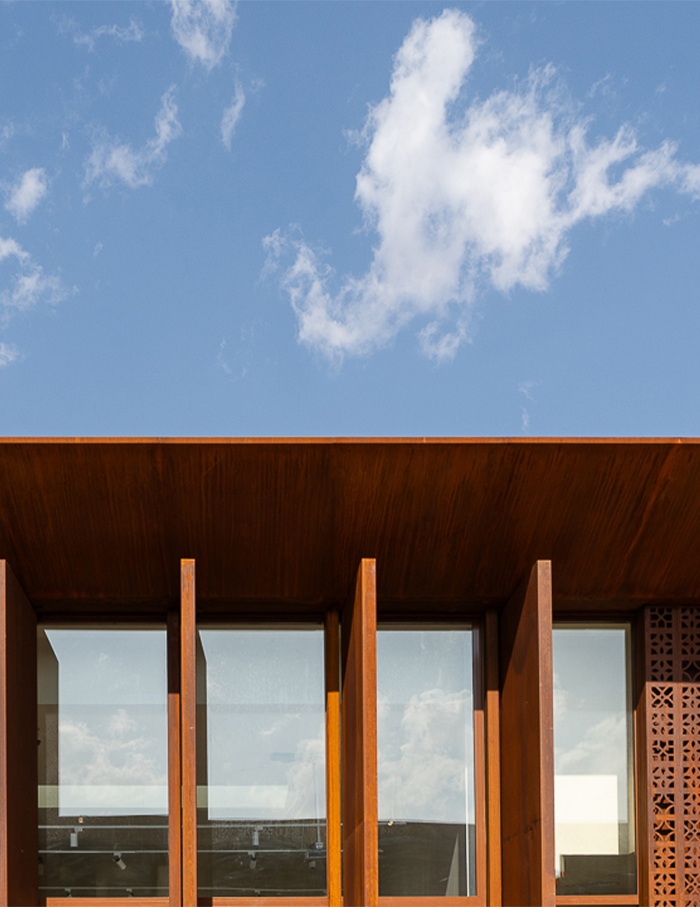
The Design Space AIUIa’s vision to be a dynamic repository of design initiatives is facilitated by hosting various programmes that invite creative talent across diverse cultural backgrounds. This naturally leads to a curation of an international design ecosystem anchored in the Middle East. There is space to showcase artistic work irrespective of whether one is an emerging designer or an established one, thus promoting a democratic ground for creative inquiry. In doing so, it envisions a future that fosters a diverse global cultural tapestry with the AIUIa emerging as a key cultural destination.
You may also like: Natrani in Ahmedabad: Trace the passion for performing arts in the Red Cedar stage constructed by Pierro


